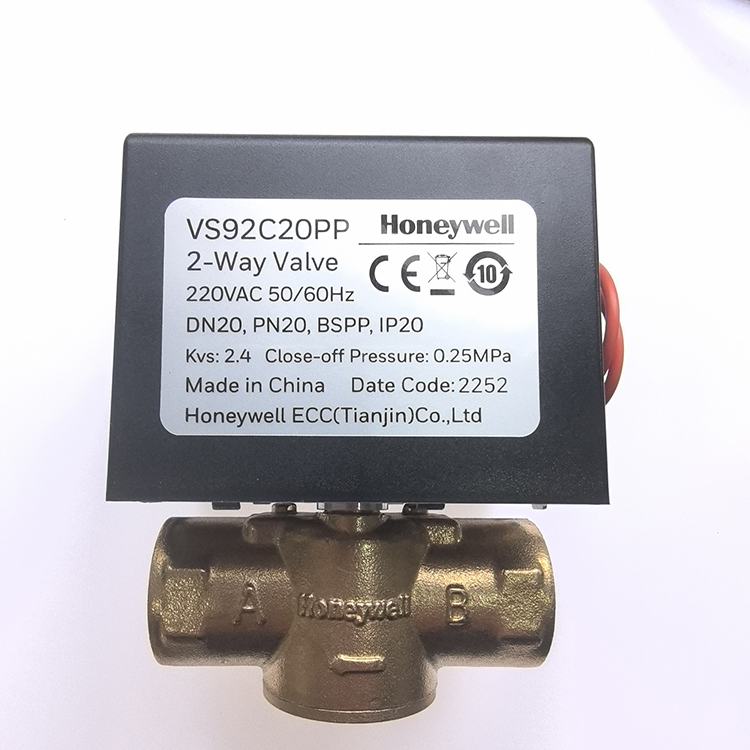1. Sealing design and material selection
The sealing performance of the electric ball valve directly depends on the selected sealing material and design. Common sealing materials include polytetrafluoroethylene (PTFE), polyurethane, fluororubber, etc., which have excellent corrosion resistance and high temperature resistance and are suitable for use in various chemical environments and working temperatures. As a very popular sealing material, PTFE has a low friction coefficient and good chemical inertness, which can effectively prevent medium leakage. In addition, the sealing design of the electric ball valve also includes the machining accuracy and surface finish of the sealing surface to ensure that the valve can be completely sealed when closed to avoid any possibility of leakage.
2. Double sealing structure
In some high-demand application environments, the electric ball valve adopts a double sealing structure, that is, two sealing rings are set around the ball and between the valve seat. This design can provide additional insurance and effectively prevent medium leakage even in the case of large pressure or temperature fluctuations. The double sealing structure not only improves the sealing performance of the valve, but also enhances its operational stability and reliability, and is suitable for applications that are extremely sensitive to leakage.
3. Valve seat design and machining accuracy
The valve seat of the electric ball valve is one of the key components to ensure the sealing performance of the valve. A good valve seat design should take into account the fit between the valve seat and the ball and the machining accuracy of the contact surface. Accurate valve seat machining ensures that the ball can fit the valve seat completely when closed, thereby minimizing the risk of leakage. In addition, the selection of valve seat materials is also crucial. Wear-resistant and corrosion-resistant materials such as stainless steel or special alloys are usually used to ensure reliability and durability in long-term use.
4. Adjustable valve seat pressure
Some high-end electric ball valves have adjustable valve seat pressure functions. By adjusting the pressure of the valve seat, the sealing performance of the valve can be optimized according to the specific fluid medium and working conditions. Under different operating requirements, adjusting the valve seat pressure can effectively prevent leakage problems caused by changes in medium pressure or temperature, thereby improving the operational stability and reliability of the valve.
5. Tightening and installation
Correct tightening and installation are one of the basic requirements to ensure the sealing performance of electric ball valves. During the installation process, it is necessary to ensure that the tightening torque of the valve and pipeline connection components meets the design requirements and the valve is in the correct installation position. Improper tightening or installation process may cause gaps or uneven loads between valve components, thereby increasing the risk of leakage. Therefore, the correct installation steps and tightening torque values provided in the operating manual should be strictly followed to ensure that the valve maintains optimal sealing performance in normal operation.
6. Regular maintenance and inspection
In order to ensure the long-term stable operation of the electric ball valve and reduce the risk of leakage, regular maintenance and inspection are essential. Maintenance includes regular replacement of seals and valve seats, cleaning of valve surfaces, and inspection of operating parts for wear and looseness. Through regular maintenance, potential problems can be discovered and dealt with in a timely manner, extending the service life of the valve and ensuring its performance stability.
Dy-100 Low-carbon energy-saving electric heating actuator
In order to realize low carbon, energy saving and emission reduction for the whole people, intelligent electric drive is used to realize automatic temperature control of households and rooms. Effectively save energy waste. The electric drive is controlled by the temperature control panel to set the temperature or turn off the heating. It is installed above the water distributor, with a temperature-controlled radiator, and can be used on the fan coil. In the northern area where there is heating, the normally open series (the heating cycle can also be supplied when the power is cut off) is suitable for controlling the regional valve and the water cycle.


 English
English 中文简体
中文简体



.jpg)




 +0086-18067425071(Wechat)
+0086-18067425071(Wechat) +0086-574-62803230
+0086-574-62803230 Duoye0413@outlook.com
Duoye0413@outlook.com
